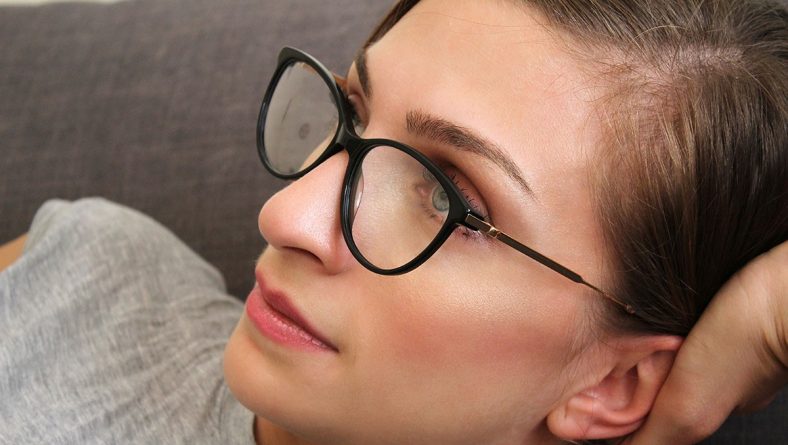Blepharitis Treatment | Accent Eye Care
Get the Best Blepharitis treatment in Phoenix
If the eyelids of your child are sore, red, or crusty, they might be suffering from eyelid inflammation or blepharitis.
There are two types of blepharitis:
1. Posterior blepharitis
This blepharitis affects the inner edge of your eyelids, where they touch your eyeballs.
2. Anterior blepharitis
This blepharitis affects the front side of your eyelids, where your eyelashes attach.
Symptoms of blepharitis include:
• Burning sensations
• Grittiness
• Excessive tear production
• Red, swollen, or crusty eyelids
• Itchiness
• Dry eyes
Blepharitis varies in severity. Some may have minor signs. But, it can also cause more severe disorders, like loss of eyelashes, blurry vision, and eye irritation.
Phoenix Blepharitis treatment what does it entail?
The remedy keeps your child’s eyes clean and avoiding crusts from shaping on their eyes. In some instances, warm presses to your child’s eyelids, then gently purifying them, is adequate to enlighten the pain. This may include using over-the-counter cleaning pads, prescription eyelid cleanser, or diluted baby shampoo.
Moreover, your kid may also value from artificial tear eye drops to smooth their eyes. If mites or dandruff cause the blepharitis of your child, they may require wish to clean their hair with shampoo to curb these issues and stop the problem from reverting.
On several occasions, blepharitis treatment requires medicine to improve blepharitis and get the full advantage of good hygiene. Your eye specialist doctor in Phoenix of your child may instruct anti-inflammatories, antibiotics, or drugs that impact the immune system.
If your child is little older or teen, it is a great idea to prevent using contact lenses or using eye makeup when the blepharitis treatment is going on.
At Accent eye care, Phoenix, the team of optometrists and pediatric ophthalmologists control blepharitis with proper medication and care. They help in relieving the symptoms of your child and prevent the inflammation from returning.










 powerhousegroup.net
powerhousegroup.net